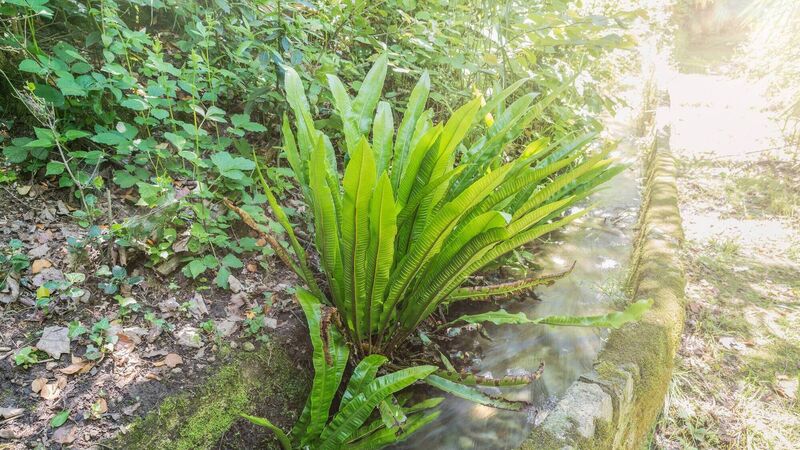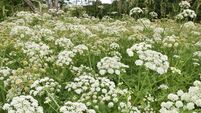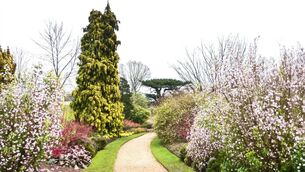Peter Dowdall: How the fern can be used in many garden styles

Known as the Irish Fern or the Hart's Tongue Fern, Asplenium scolopendrium has long, glossy fronds and is commonly found in shady woodlands and damp areas throughout Ireland.
After a particularly “soft” few months and having spent some time during the summer in the countryside of County Kerry, next to the Atlantic, I am invigorated once more by our natural landscape and flora.
In particular, I am talking about the naturally occurring mosses and ferns in our stunning landscape. While shrubs and flowering perennials often take the spotlight in garden design, ferns offer a unique and enchanting allure. With their delicate fronds and lush green foliage, ferns are just captivating in their beauty.










